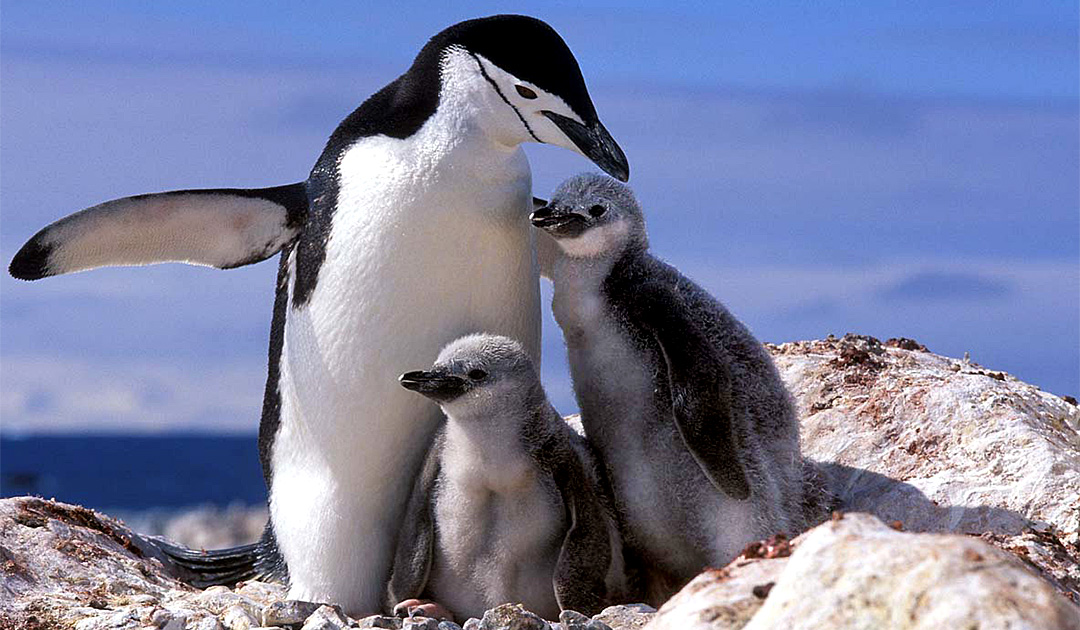
New penguin colony discovered near the Antarctic peninsula
Viking Ocean Cruises announced that its expedition team has made the discovery of a new, previously unknown chinstrap penguin colony on Díaz Rock in Antarctica.

Viking Ocean Cruises announced that its expedition team has made the discovery of a new, previously unknown chinstrap penguin colony on Díaz Rock in Antarctica.
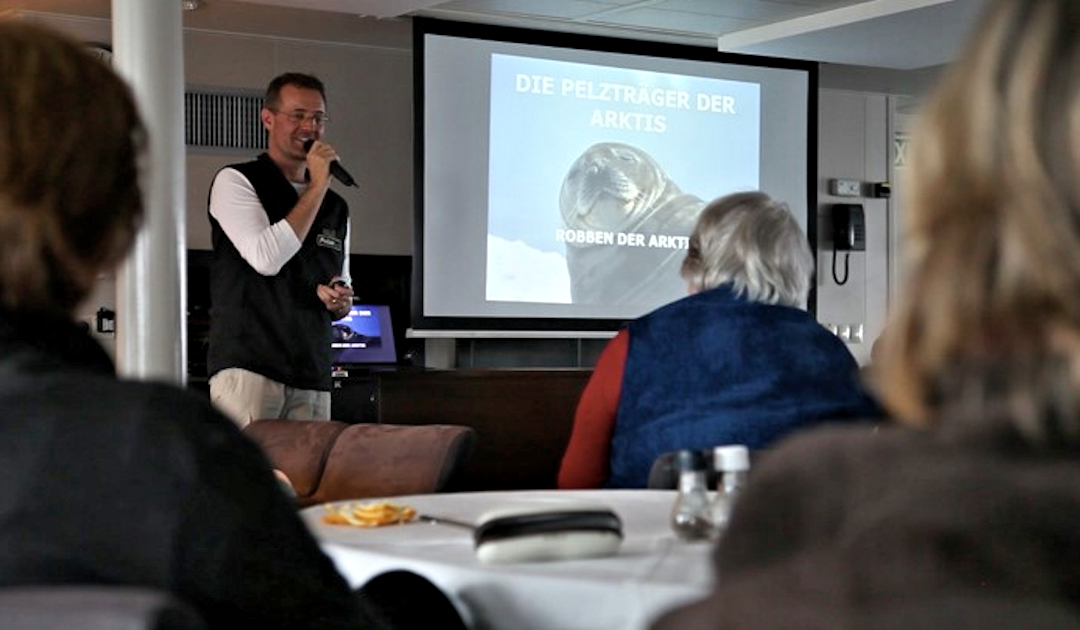
To disseminate the latest Polar research results, scientists cannot only rely on journals. Guest author and Polar scientist Hugo Guimaro explains why early career scientists become storytellers, too.

A new discovery shows that male sea spider take care of their young in the icy waters of the Antarctic.
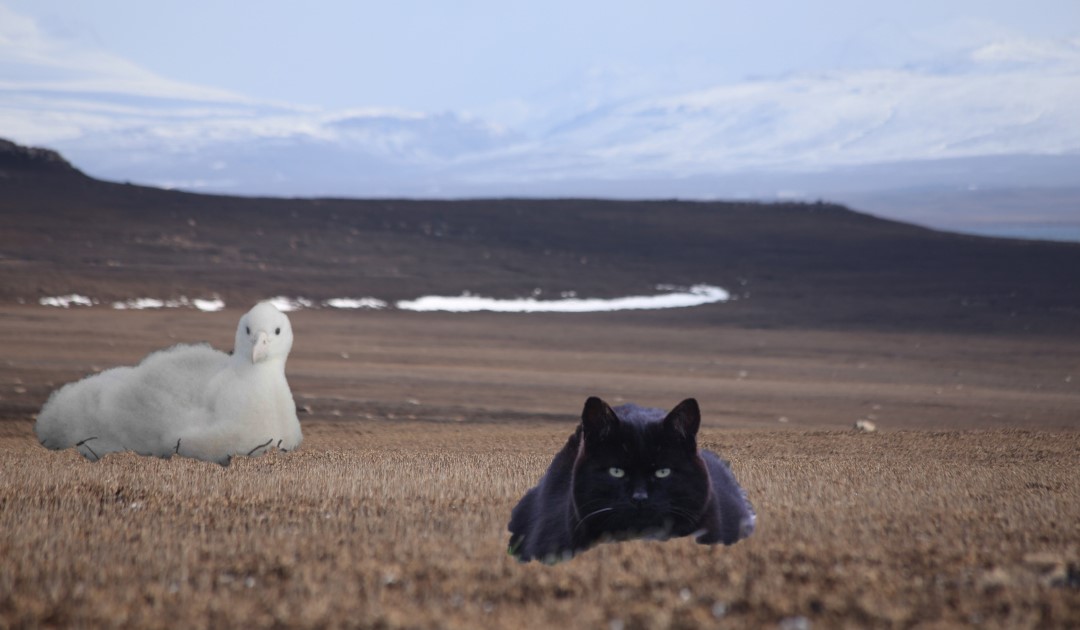
Mammals introduced to islands benefit from the “surprise effect” on an evolutionary scale, causing the disappearance of many seabirds. On Kerguelen, hyperspecialized cats threaten the chicks of great albatrosses.
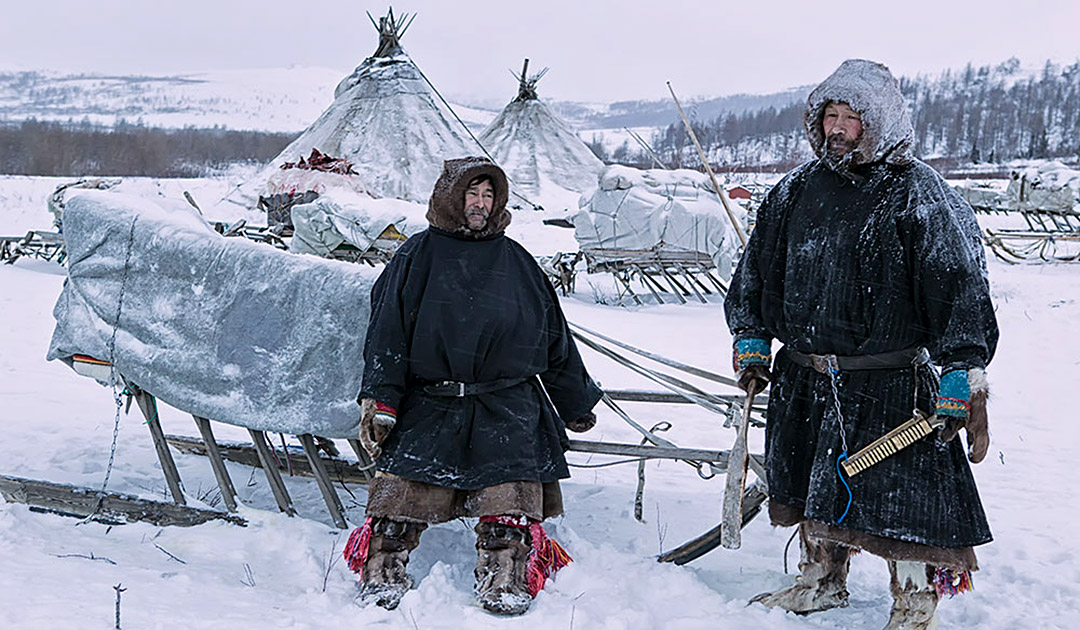
More than any other Siberian ethnic group, the Nenets have preserved their culture and customs, which they actively share on social media.
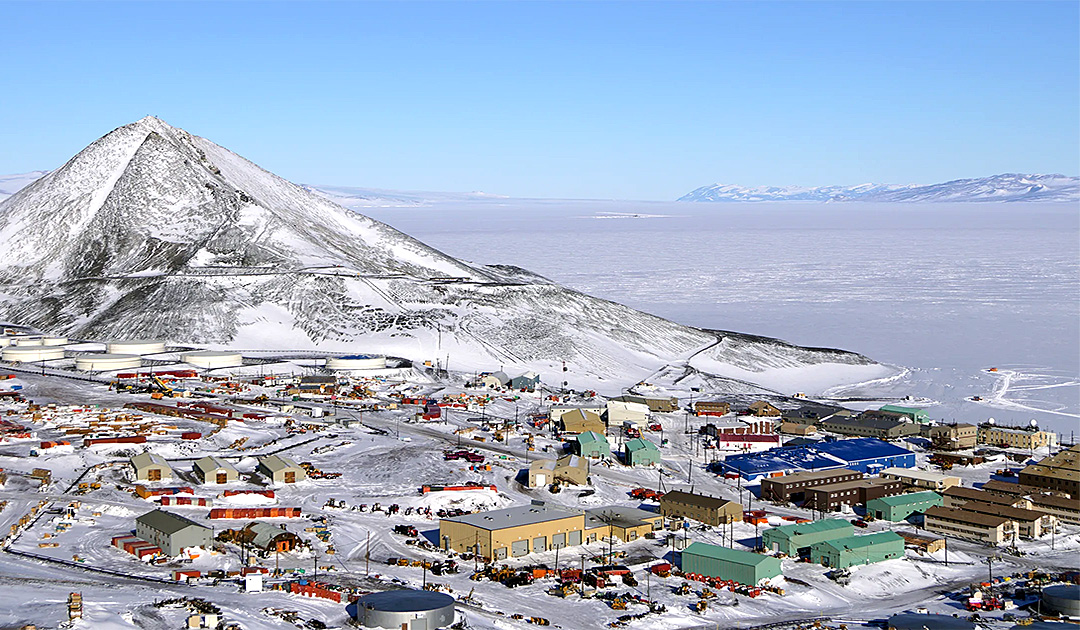
The United States is the only major country active in Antarctica that has made no significant policy statement on the region in recent years.
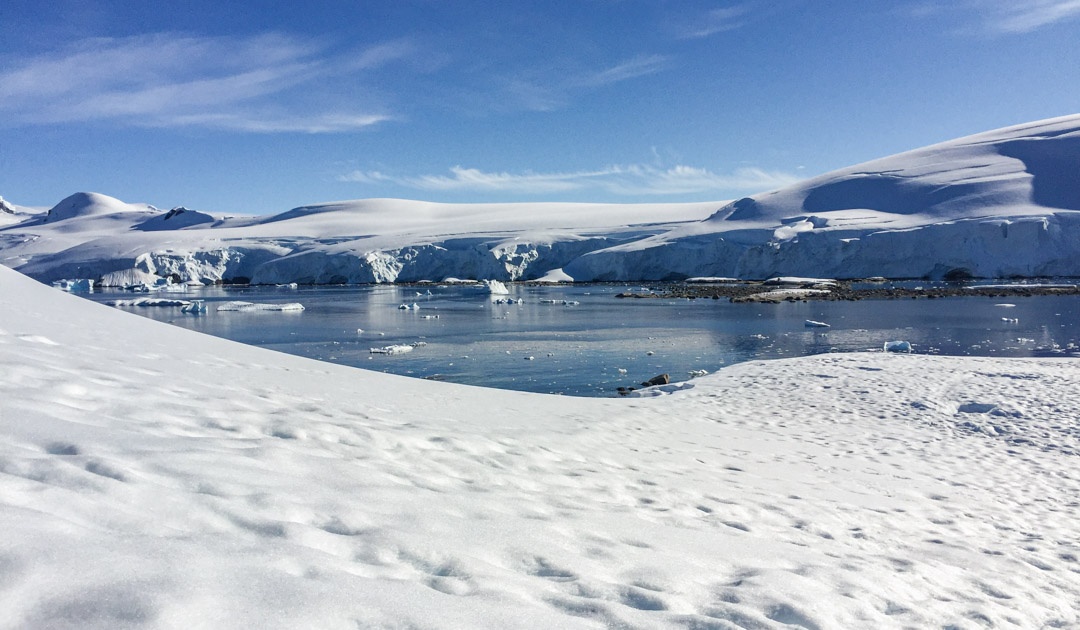
New research shows how individual weather events can have long-term effects on the world’s largest ice sheets.

In a two-part article, guest author and Professor Doaa Abdel-Motaal discusses food security in the Arctic, Today, PolarJournal is publishing the second part about the perspective of local and Indigenous Arctic Communities.
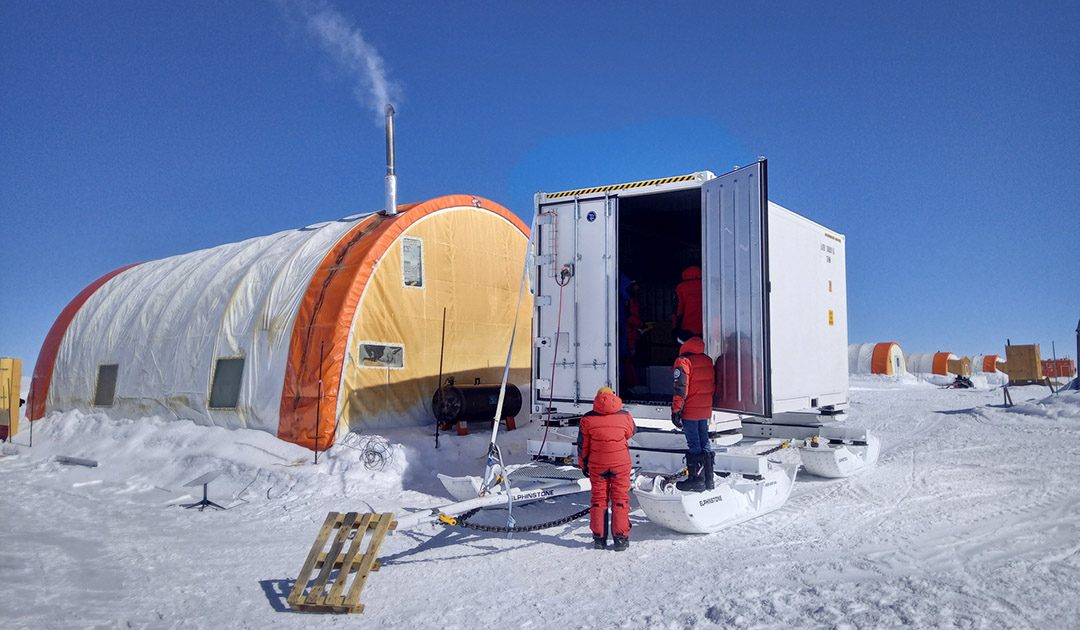
SLF technician Matthias Jaggi reports on his expedition to the Antarctic. Part four: last experiments, packing – and crêpes for 52 people

A polar bear sleeps perched atop a precariously angled shard of melting ice. The bear’s calm is juxtaposed by the frenetic waves lapping at the little island, suggesting that at some point the sea will reclaim it. This is the scene, captured by the photographer Nima Sarikhani, that has won this year’s Wildlife Photographer of the Year People’s Choice award.

Environmental and Infrastructure issues present challenges at the southernmost US research station in Antarctica.

What happened to the very first people who lived in Greenland? Nobody knows. But maybe we’ll soon get the answer.
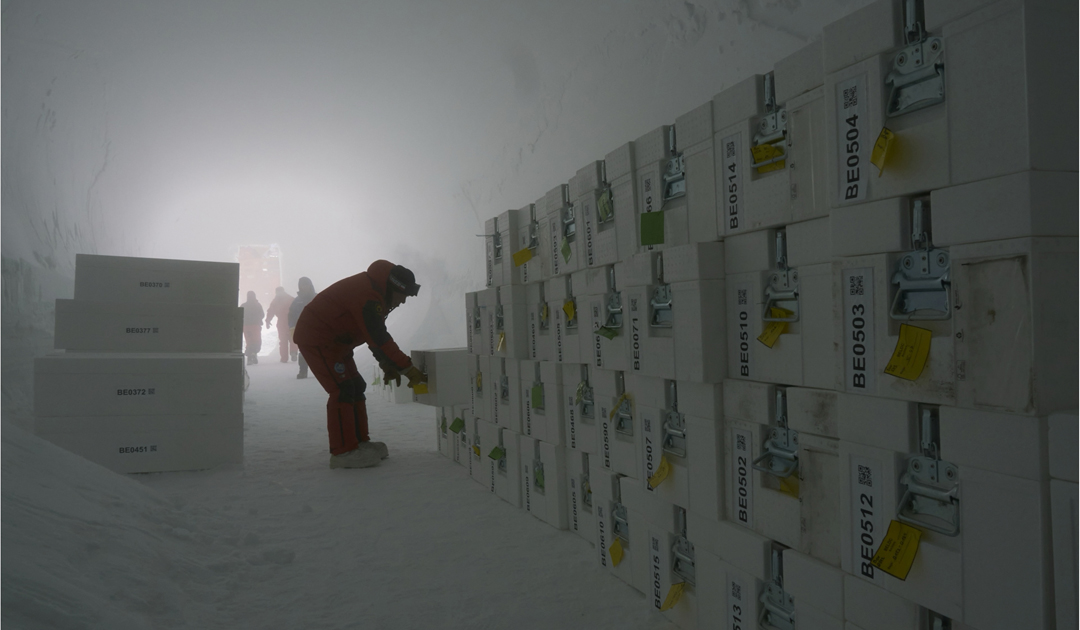
SLF technician Matthias Jaggi reports on his expedition to the Antarctic. Part three: lugging crates, digging holes and penal labour.

Trees that grew in Greenland two million years ago might secure our food supply in the futures, says Eske Willerslev, one of the world’s leading geneticists.

Currently, SLF technician Matthias Jaggi is working at the Concordia Station in the middle of Antarctica, researching snow. In his blog, he reports on his work and life at 3,000 m above sea level.
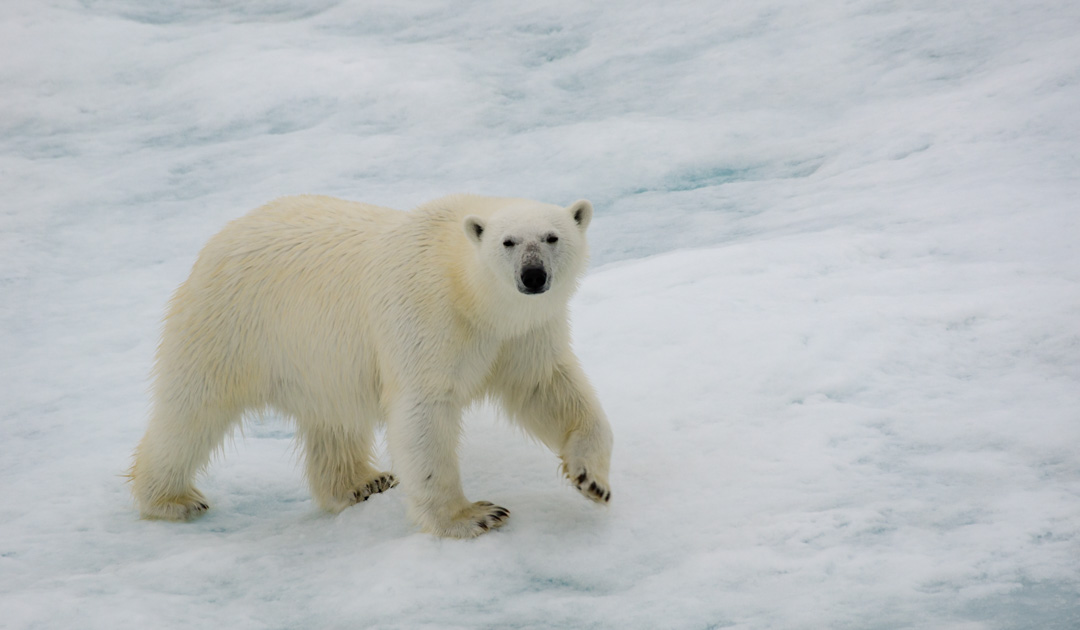
Polar bears have long served as a symbol of climate change for obvious reasons. Not only is the polar bear a beautiful, charismatic animal, but the link between polar bears and melting sea ice is an easy and poignant concept to grasp.
An investigation found that some whales were dead before becoming ensnared, but critics of bottom trawling have more questions about this year’s large death toll.

Traveling with scientists and equipment to the White continent can be a highlight for any Polar enthusiast and exactly what Ultima Antarctic Expeditions is offering.
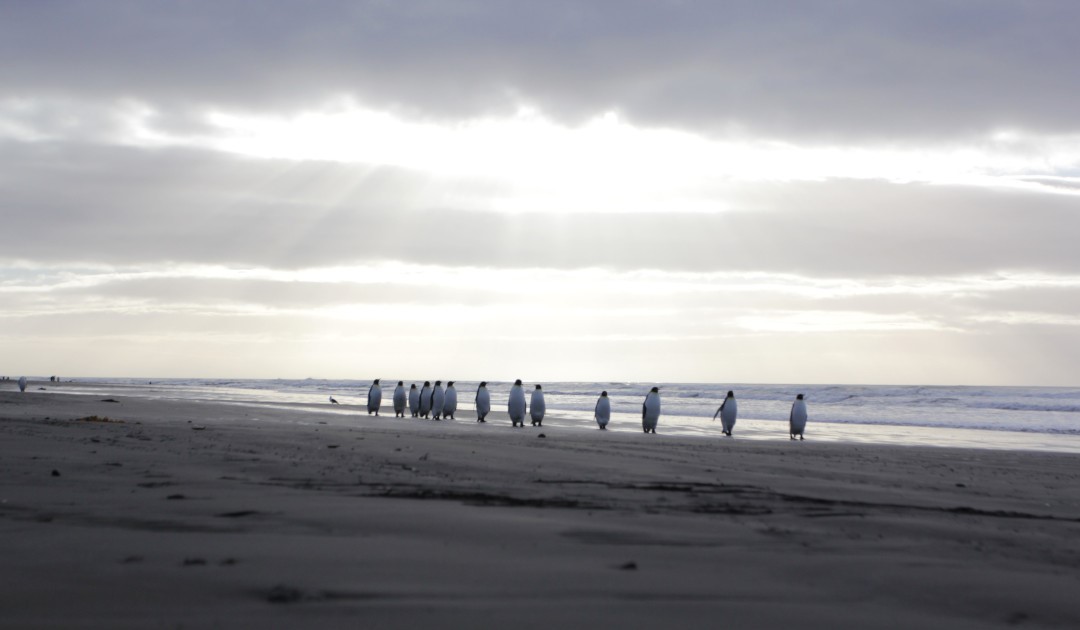
A Franco-Canadian study of king penguins in the largest colony on the Courbet Peninsula in Kerguelen shows that these birds are highly specialized, making them vulnerable to geographical changes in the polar front.

SLF biologist Christian Rixen writes about his expedition to Greenland in the footsteps of historical botanists – and climate change.

“Zombie mice”, as they are called by conservationists, are non-native mice that adapt to their environment. In the meantime, they have become a problem for native birds.
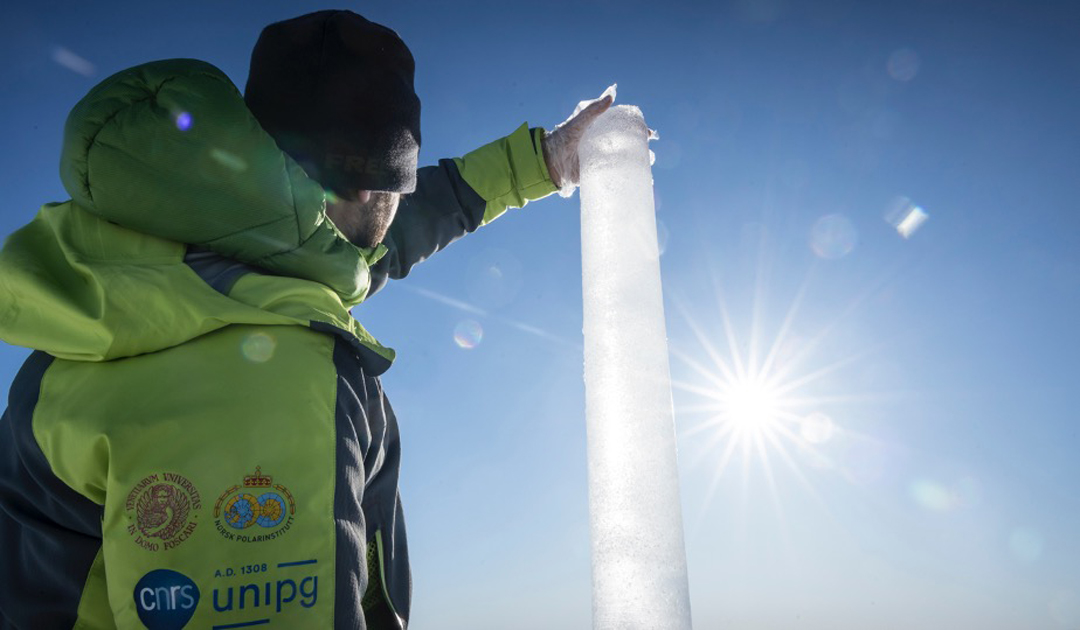
Geneviève Pons and Jérôme Chappellaz remind us of the importance of One Planet – Polar Summit as the cryosphere is in distress.

In the context of the One Planet – Polar Summit, French glaciologists Lydie Lescarmontier et Heïdi Sevestre have recently published a pledge on polar research and climate and cryosphere protection.

Due to climatic changes, ocean currents shift and thereby create new upwelling areas in the Arctic Ocean. Expert Dr. Katya Uryupova from The Arctic Institute explains the situation and the consequences.